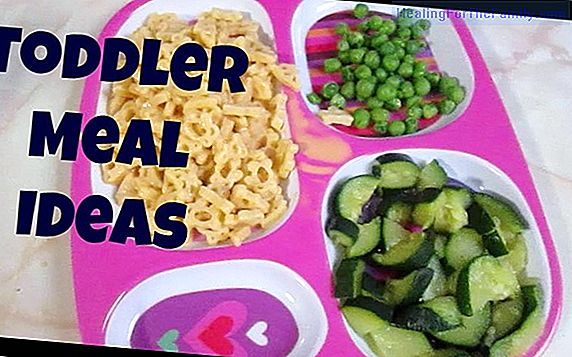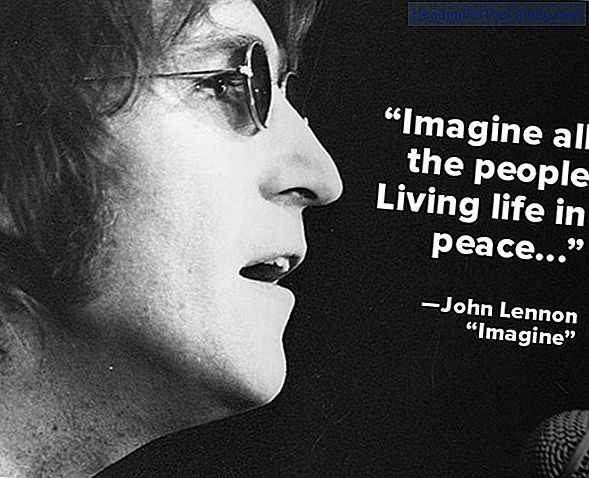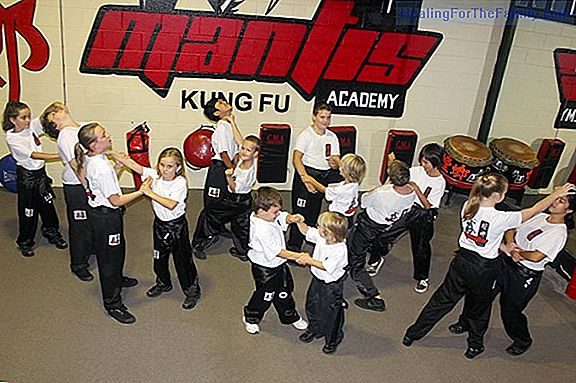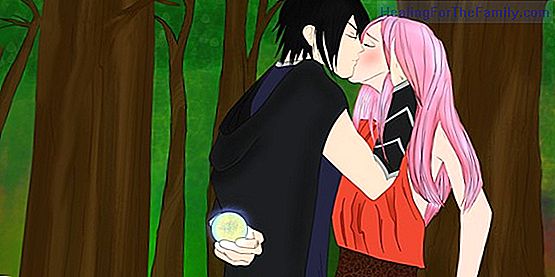The definitive teeth of children
Sometimes we wonder why they are called 'milk teeth', and one explanation is that they are much whiter than the definitive teeth. That sometimes worries the parents, that the first thing they see when they begin to appear is that they are much bigger and yellower than the permanent ones. Characteris
Sometimes we wonder why they are called 'milk teeth', and one explanation is that they are much whiter than the definitive teeth. That sometimes worries the parents, that the first thing they see when they begin to appear is that they are much bigger and yellower than the permanent ones.
Characteristics of the final teeth of children
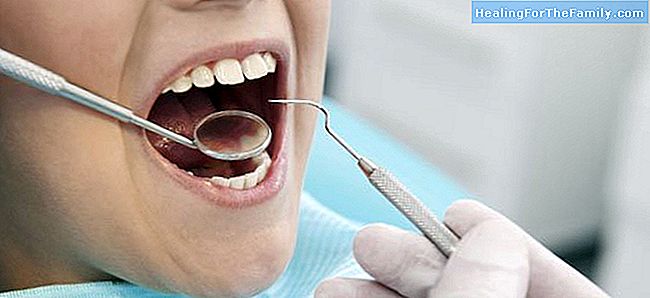
Indeed, the definitive teeth differ in several characteristics of the milk teeth:
- Size: the definitive teeth are larger. The body grows, but the teeth do not 'stretch' like the bones and muscles so they are born 'big' compared to the partners. As the child grows, that difference becomes less evident.
- Color: are more yellow; In fact, what happens is that the thickness of dentine (the tooth structure that is below the enamel) occupies a lot more thickness inside the tooth. The enamel is translucent, so that the color of the dentin, which is of an intense yellow tone, is transparent. But that is the normal color of the teeth. There is no need to consider bleaching or other 'solutions' for a problem that is not such.
- Shape: in general permanent teeth and molars have the most pronounced holes and fissures. The milk pieces, having a finer enamel, wear out at a higher speed, and in fact a baby tooth when it is time to fall is much more flattened and smooth than a definitive one that has been working for 30 years.
- Internal structure: the anatomy of the tooth inside is also different. The cavity in which the nerve and blood vessels (the pulp) are is closest in the definitive teeth. The dentin is more compact. So when a tooth decay appears on milk teeth we have to hurry to make decisions about its treatment, because caries can quickly reach the pulp, which is more superficial. Throughout life, living cells inside the tooth secrete dentin that defends the tooth from aggression. The pulp is getting farther and farther away from the exterior the greater the person is.
The roots of the milk wheels are more open (the permanent tooth is lodged between them), they are flatter and more curved, and they have the special characteristic that they are reabsorbed as the final tooth pushes. The roots of the definitive ones do not, their form must remain unaltered all the life. This explains the differences in the treatments of the pulp: in adults, an endodontics is to completely eliminate the tissues inside the roots, and in children there are variations depending on how much root remains to be reabsorbed or the degree of involvement of the pulp , pulpotomy and pulpectomy being usual treatments.
In children the teeth are arranged in an almost perfect semicircle while in the final dentition the adopted form is a parabola, more in the form of a U.
Each of these differences has a why and an impact on the functioning of mouth. The dentist, in his treatments, will try to adapt to what nature has arranged, both in its techniques and in the chosen materials.


